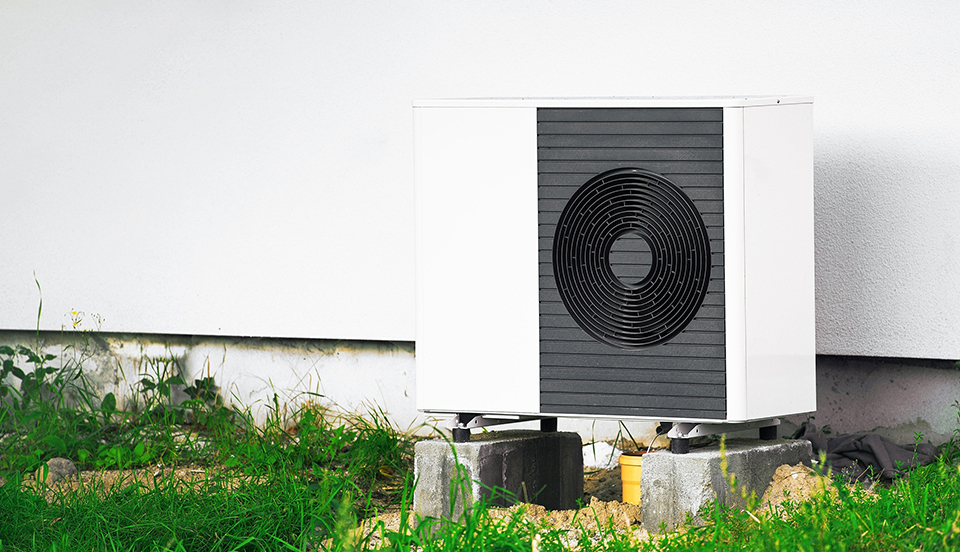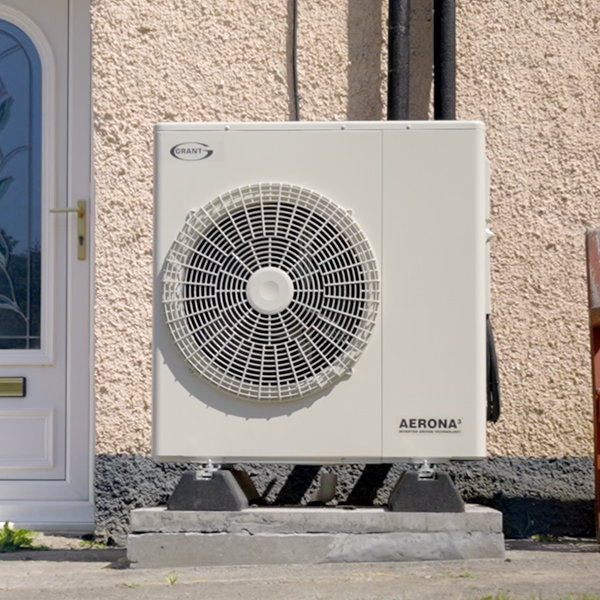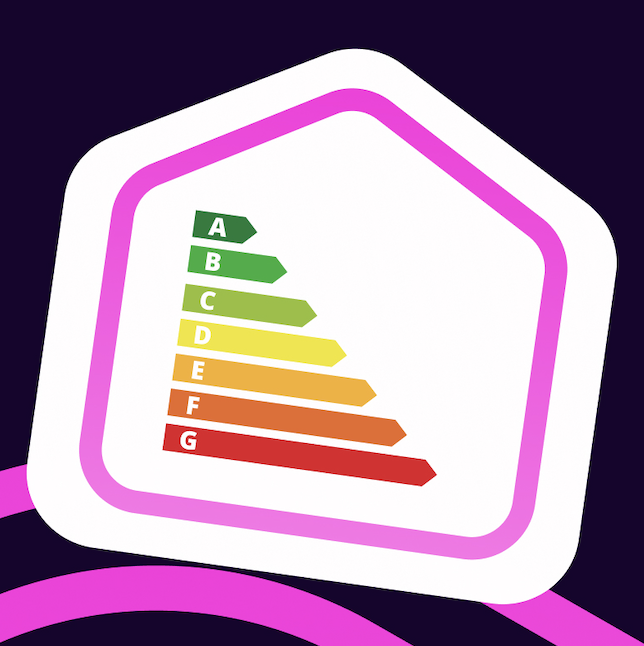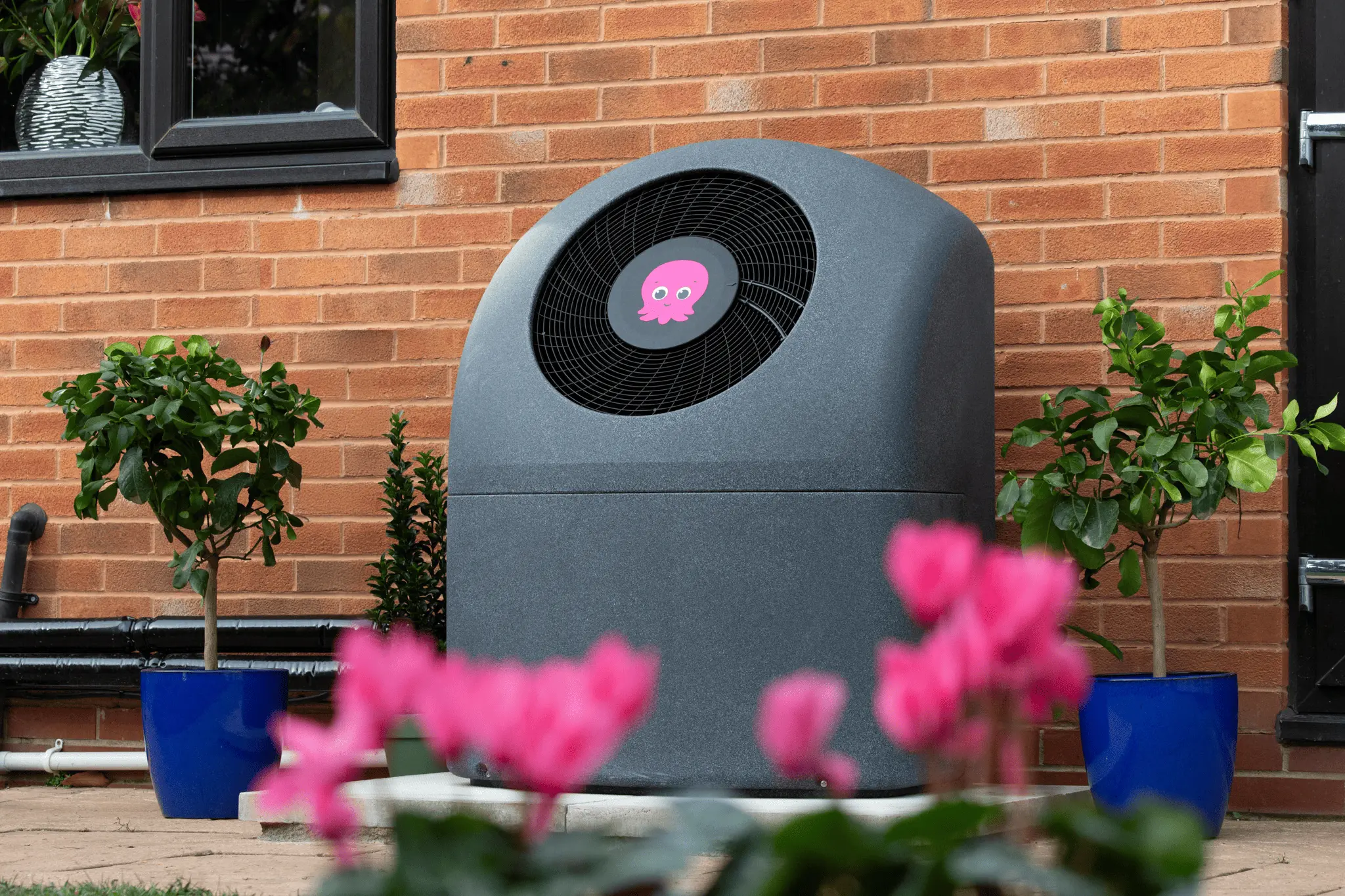What is a Ground Source Heat Pump (GSHP)?
A Ground Source Heat Pump (GSHP) is an advanced, eco-friendly heating and cooling system that harnesses the natural thermal energy stored beneath the Earth’s surface to regulate the temperature of your home. This type of system offers a sustainable, energy-efficient alternative to traditional heating methods such as gas boilers or electric heating, which often rely on fossil fuels.
The ground absorbs heat from the sun, and just a few feet below the surface, the temperature remains relatively constant throughout the year, making it an ideal and reliable source of renewable heat. GSHP systems consist of a network of underground pipes, known as a ground loop, filled with a water and antifreeze mixture. These pipes are laid in horizontal trenches or vertical boreholes, depending on the available space and your property’s specific requirements.
In operation, the system works by circulating the fluid through the ground loop, where it absorbs heat from the earth. This heat is then transferred to the heat pump, which compresses the absorbed heat to a higher temperature and distributes it to your home’s heating system, including radiators, underfloor heating, or hot water systems. During warmer months, this process can be reversed, allowing the GSHP to cool your home by transferring excess heat back into the ground.
GSHPs are renowned for their energy efficiency, with the ability to deliver up to four units of heat for every one unit of electricity consumed. This high efficiency means significant savings on energy bills when compared to conventional systems, especially for properties that are off-grid or rely on expensive heating sources like oil or LPG. Additionally, GSHPs have a long operational life (up to 25 years or more for the heat pump and up to 100 years for the ground loop) and require very little maintenance, providing long-term savings and reliability.
Typical installation of a Ground Source Heat Pump takes between 1-2 weeks








